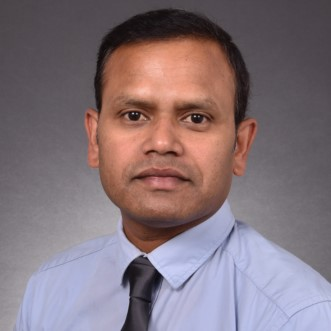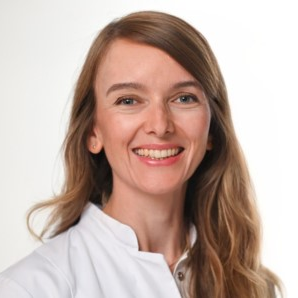Advancement towards a Safe and Effective Cochlear Implantation Treatment
A special issue of Journal of Clinical Medicine (ISSN 2077-0383). This special issue belongs to the section "Otolaryngology".
Deadline for manuscript submissions: 21 May 2024 | Viewed by 210
Special Issue Editors
2. Department of Translational Neurosciences, Faculty of Medicine and Health Sciences, University of Antwerp, Antwerp, Belgium
Interests: cochlear implant electrodes; inner ear anatomy; structure preservation with electrode insertion; image processing
2. Department of Translational Neurosciences, Faculty of Medicine and Health Sciences, University of Antwerp, Antwerp, Belgium
Interests: cochlear implantation; objective measures; hearing and structure preservation
Special Issue Information
Dear Colleagues,
Remarkable advancements in the field of cochlear implantation have led to successful hearing restoration in patients of any age group and with any etiology of hearing loss. However, there is still vast variability in the hearing outcomes among CI recipients. Optimal placement of the CI electrode inside the cochlea to deliver electrical stimulation in a meaningful manner is one of the bases for a successful CI treatment. Several factors, including surgical approaches, automatized electrode insertion tools, anatomical and size variation of cochlea, and electrode design, affect the optimal placement of the CI electrode. All these factors are highly interesting for CI surgeons and may directly influence the cochlear health either by preserving or destroying the intra-cochlear structures and associated hearing outcomes with CI. Advancements in the field of signal processing and fitting of audio processors need to be addressed well to bring signal processing engineers and audiologists close to CI surgeons.
In this Special Issue, we invite authors to submit papers that cover experimental and theoretical methods to address the above-mentioned factors (but topics of interest are not limited to these) to take the CI field to the next level. Artifical intelligence in CI is also a main focus of this Special Issue.
Dr. Anandhan Dhanasingh
Dr. Nora Weiss
Guest Editors
Manuscript Submission Information
Manuscripts should be submitted online at www.mdpi.com by registering and logging in to this website. Once you are registered, click here to go to the submission form. Manuscripts can be submitted until the deadline. All submissions that pass pre-check are peer-reviewed. Accepted papers will be published continuously in the journal (as soon as accepted) and will be listed together on the special issue website. Research articles, review articles as well as short communications are invited. For planned papers, a title and short abstract (about 100 words) can be sent to the Editorial Office for announcement on this website.
Submitted manuscripts should not have been published previously, nor be under consideration for publication elsewhere (except conference proceedings papers). All manuscripts are thoroughly refereed through a single-blind peer-review process. A guide for authors and other relevant information for submission of manuscripts is available on the Instructions for Authors page. Journal of Clinical Medicine is an international peer-reviewed open access semimonthly journal published by MDPI.
Please visit the Instructions for Authors page before submitting a manuscript. The Article Processing Charge (APC) for publication in this open access journal is 2600 CHF (Swiss Francs). Submitted papers should be well formatted and use good English. Authors may use MDPI's English editing service prior to publication or during author revisions.
Keywords
- cochlear implant
- surgical approaches
- surgical tools
- artificial intelligence
- pre-operative imaging
- individualized treatment







